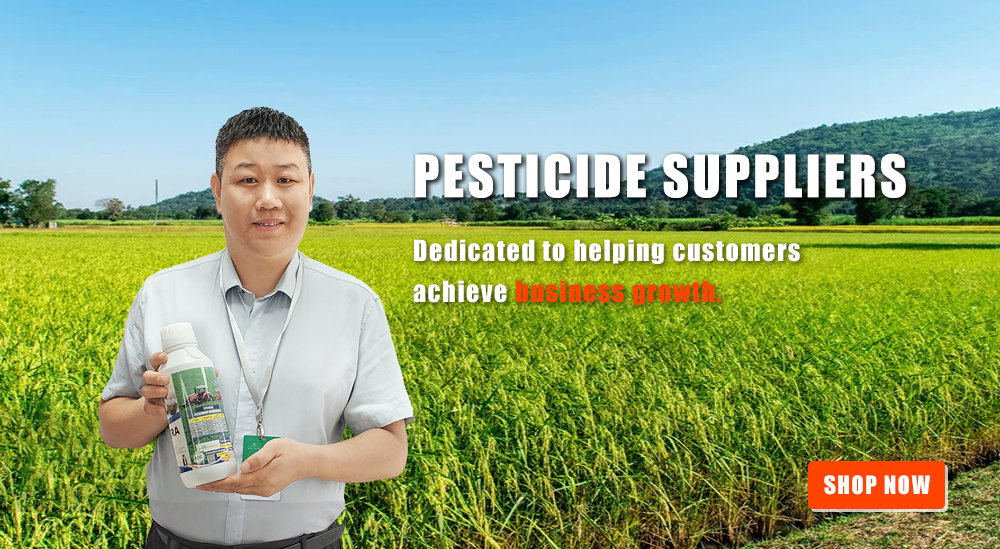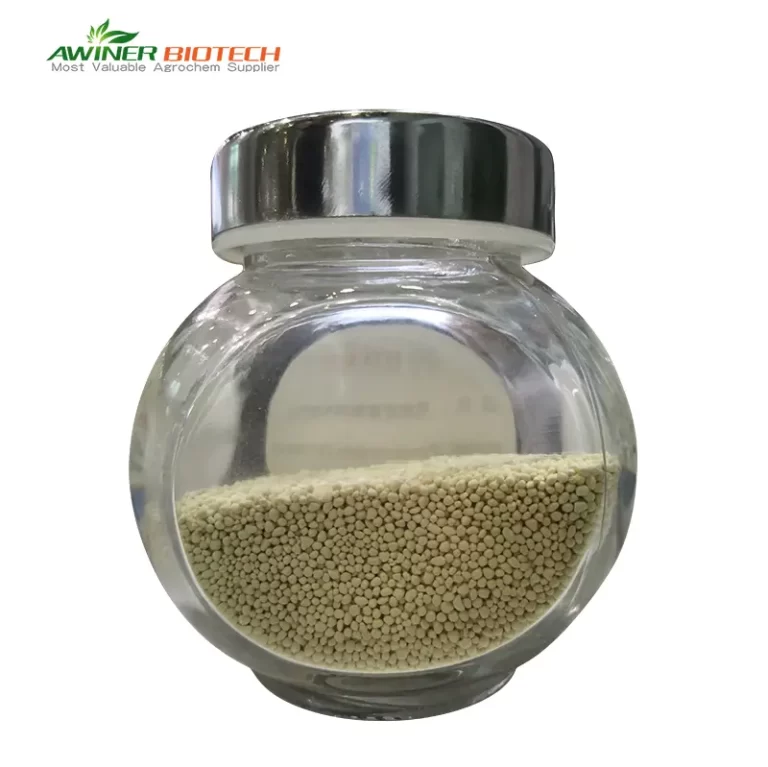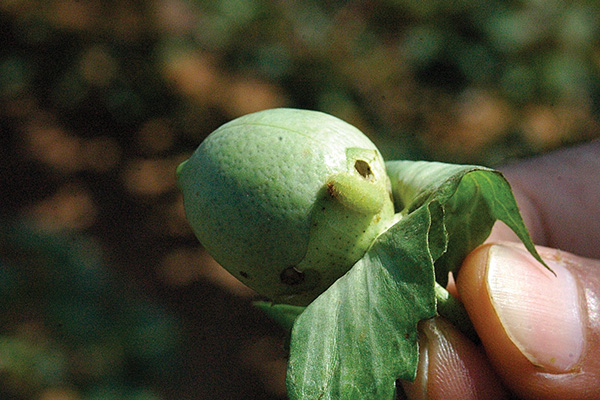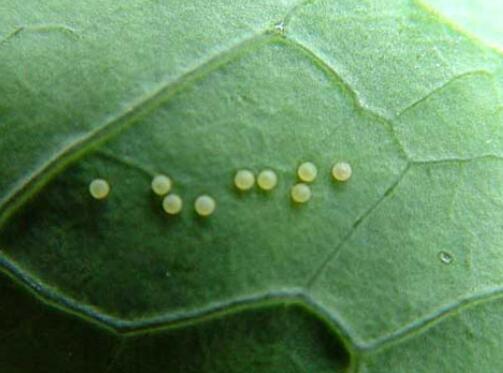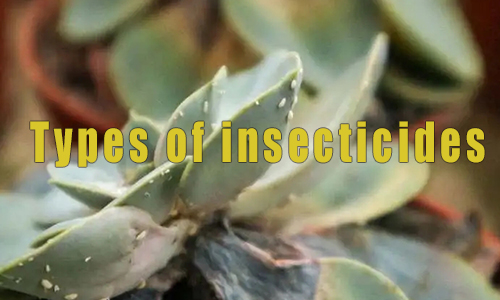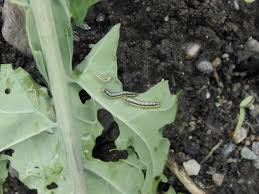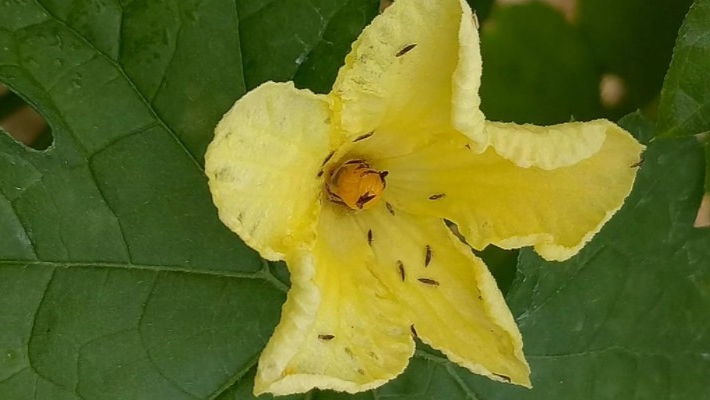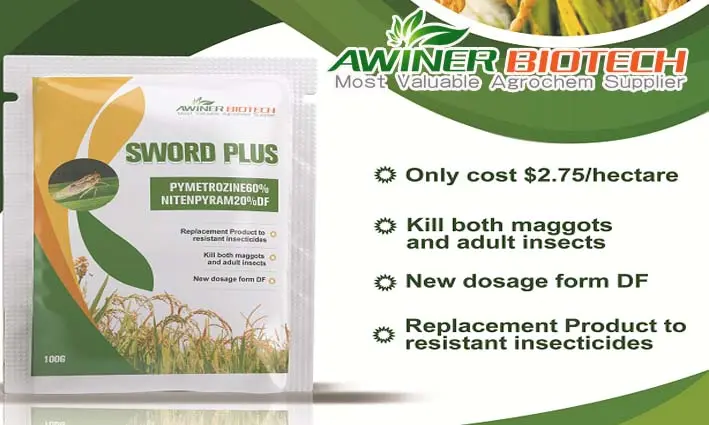
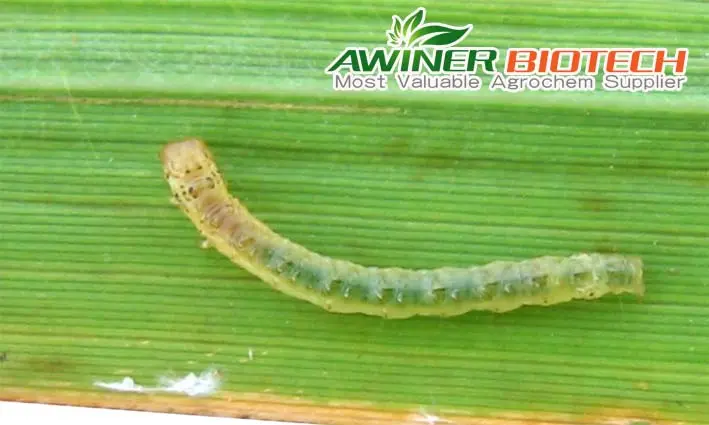
In the process of rice planting, many pests are often encountered. These pests feed on the roots and leaves of rice plants, endangering their growth and development. So, what are the common types of rice pests, and how can they be controlled? Today, I will share with you the types of rice pests and their control methods. Let’s take a look!
Types of Common Rice Pests
- Cnaphalocrocis medinalis
Cnaphalocrocis medinalis is one of the main pests in rice-producing areas. It damages rice by folding the leaves into vertical buds, hiding inside, and feeding on the upper epidermis and mesophyll, leaving only the lower epidermis. Damage at the seedling stage can hinder the normal growth of rice, causing plants to wither. If the pest attacks during the tillering to jointing stage, it reduces tillering, shortens the plant, and delays the growth period. Damage to the flag leaf during the booting or heading stage affects flowering and seed formation, increasing empty hulls and reducing the thousand-grain weight. - Chilo suppressalis
Chilo suppressalis is another common pest that significantly harms rice. It damages rice at the tillering stage, causing withered sheaths and seedlings, and at the ear stage, it damages plants and causes “white ears.” On average, it reduces yield by 3%-5% per year, and in severe cases, it can reduce production by more than 30%. - Rice Planthopper
Rice planthoppers damage rice and other crops by sucking plant sap. The common species include the brown planthopper, white-backed planthopper, and small brown planthopper. The white-backed planthopper is more common in the early rice stages, while the brown planthopper appears more in later stages. Although Laodelphax striatellus rarely causes direct damage, it can transmit viruses to crops such as rice, wheat, and corn.
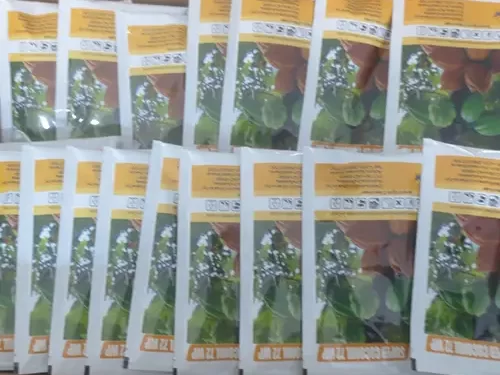
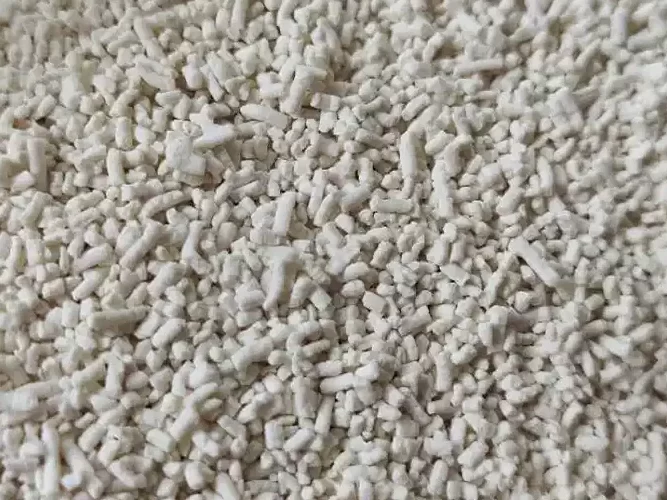
How to Control Pests in Rice Fields
To control these pests, we recommend using Nitenpyram 20% + Pymetrozine 60% DF. This compound insecticide has systemic and osmotic effects, a broad insecticidal spectrum, and is safe and non-toxic to plants. It effectively controls all types of rice planthoppers, such as Laodelphax striatellus, white-backed planthopper, and brown planthopper, year-round.
- Pymetrozine: This is a pyridine insecticide with strong internal absorption and conductivity. It is highly effective against piercing-sucking mouthpart pests, like planthoppers and aphids. Upon contact, pests lose their ability to feed and eventually die from starvation. This process is irreversible and works on both larvae and adults.
- Nitenpyram: A high-efficiency, broad-spectrum, nicotinic insecticide, nitenpyram acts on the insect’s nervous system, causing paralysis and death. It has a low dosage requirement, low toxicity, long-lasting effects, and is safe for crops. It effectively controls whiteflies, aphids, leafhoppers, and other pests.
These two insecticides, when used together, help reduce pest resistance and broaden the spectrum of pest control.
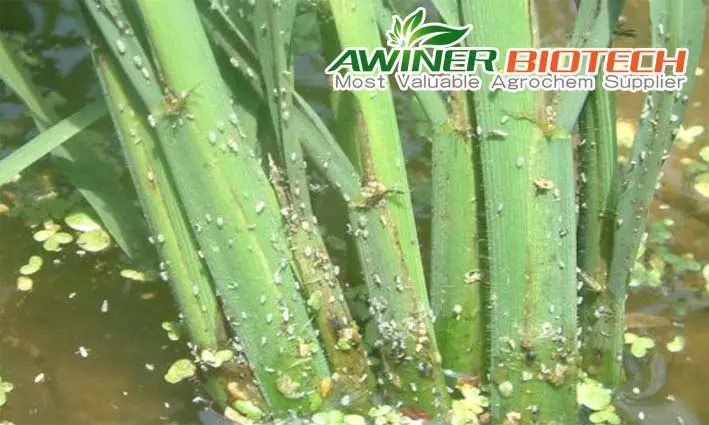
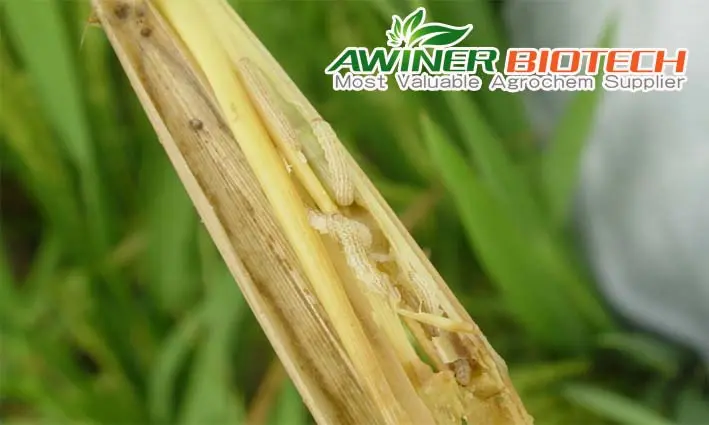
Advantages of DF Formulation
The DF (Dispersible Granule) formulation disintegrates quickly in water, forming a stable suspension that does not clog spray nozzles. The fine particles easily adhere to the crop surface, forming a dense protective film. The control effect lasts more than 10 days, with no dust, making it safer for users.
How to Use
- Dosage: 75-100 grams per hectare.
- Application: Mix with water and spray. Avoid application if strong wind or rain is expected within an hour.
- Safety Interval: The interval before harvest is 30 days, and it can be used up to 2 times per season.
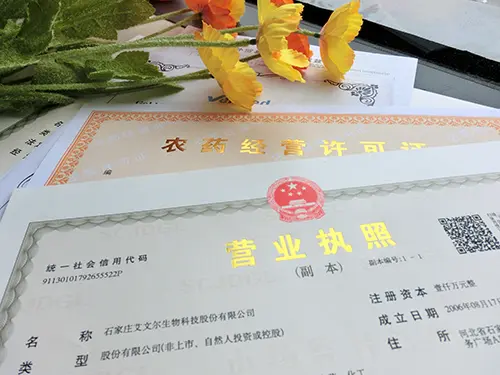
Certificate support
We provides various certificates, including SGS, IBO, and ICAMA. These certifications help customers gain a competitive edge in the market. Awiner assist clients in registering pesticides.
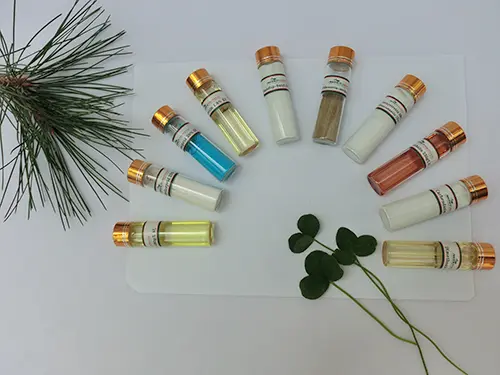
Customized pesticide formulation
A professional technical team will formulate pesticide single agents or combination products tailored to the local conditions and specific needs of crops in the customer’s region.
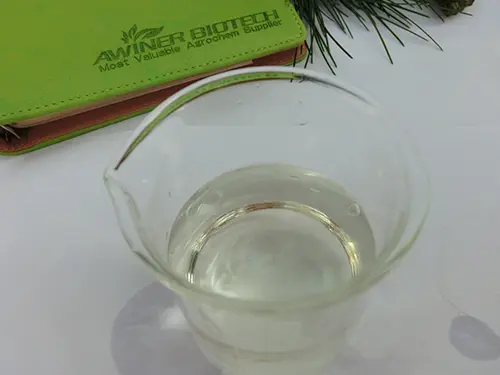
Support samples
Providing samples is part of our excellent service. Generally, samples can be provided within 3 days, and our staff will send them to customers as soon as possible according to the schedule.
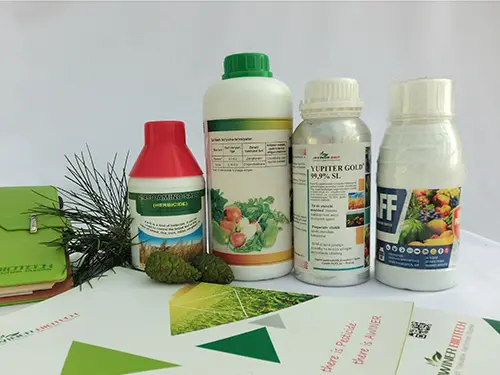
Packaging customization
Pesticide liquid bottles, aluminum foil bags, labels, logos, and more can all be customized to meet customer needs. Our professional design team provides quick design services for customers.
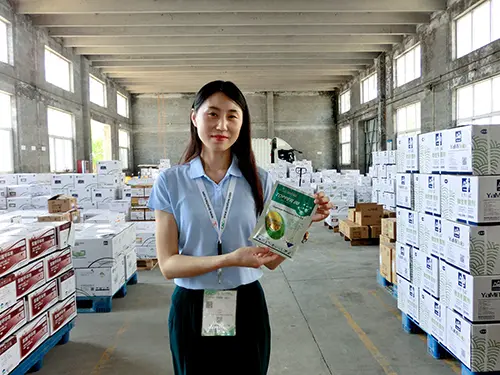
Market Assistance
We collaborate with multiple countries on pesticide exports and can provide customers with local market product data. This helps our clients quickly gain a foothold in the local market.
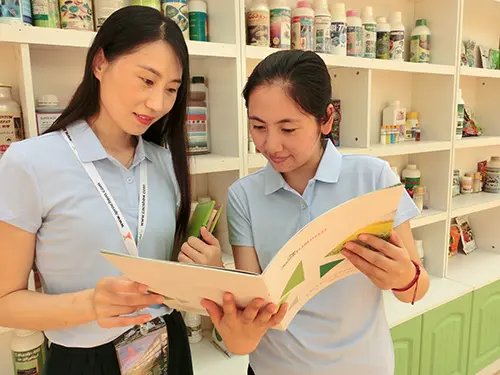
After-sales service
Pre-sales and production are our strengths, but our after-sales service is also a key advantage. Our professional after-sales team assists customers with customs clearance, sales, and other related issues.
